Mostly Mute Monday: Inside The Carina Nebula
Inside the huge star-forming region filled with hot, new stars, Hubble takes us on an unforgettable tour.
“This method of viewing the heavens seems to throw them into a new kind of light. They are now seen to resemble a luxuriant garden, which contains the greatest variety of productions, in different flourishing beds; and one advantage we may reap from it is, that we can, as it were, extend the range of our experience to an immense duration.” –William Herschel
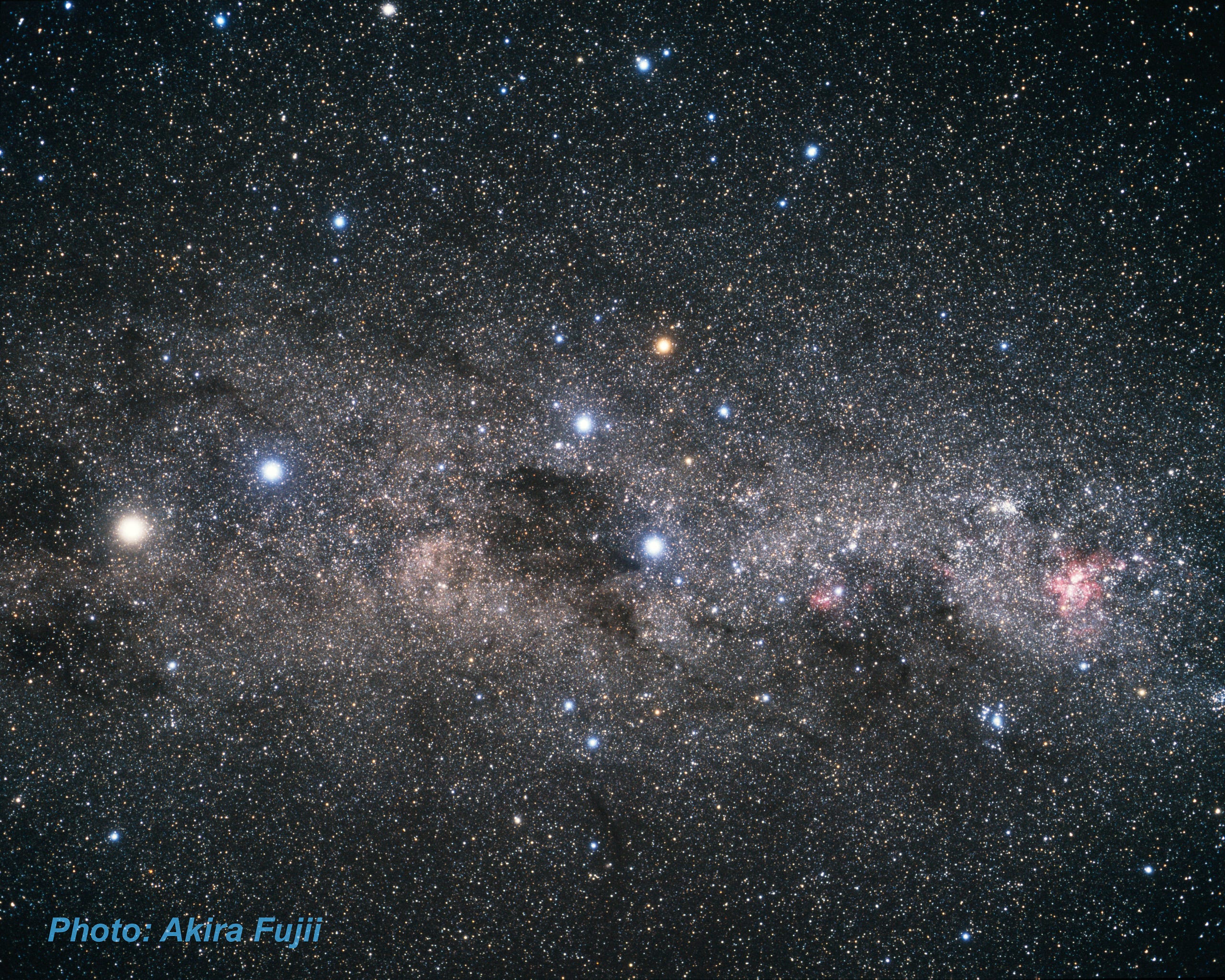
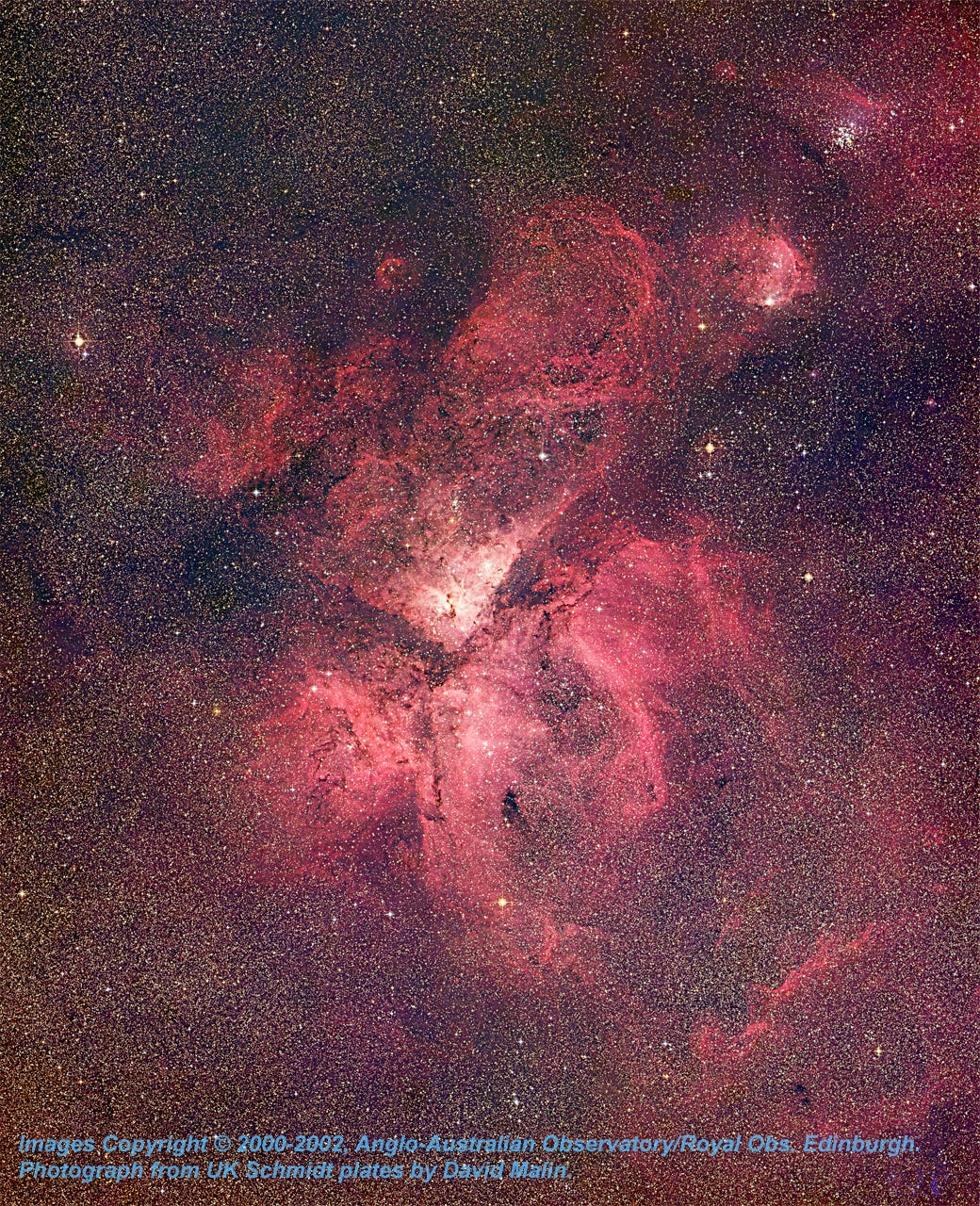




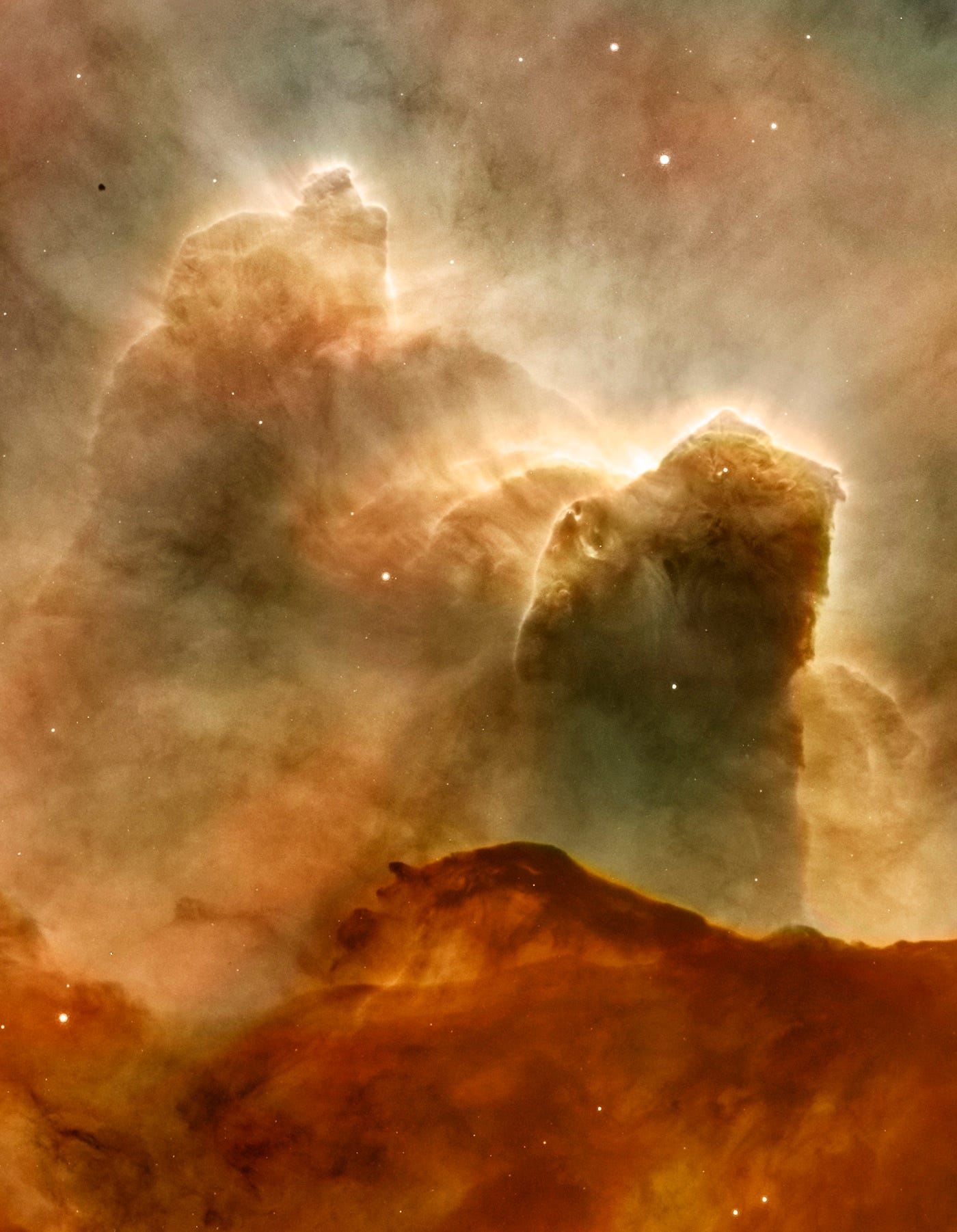

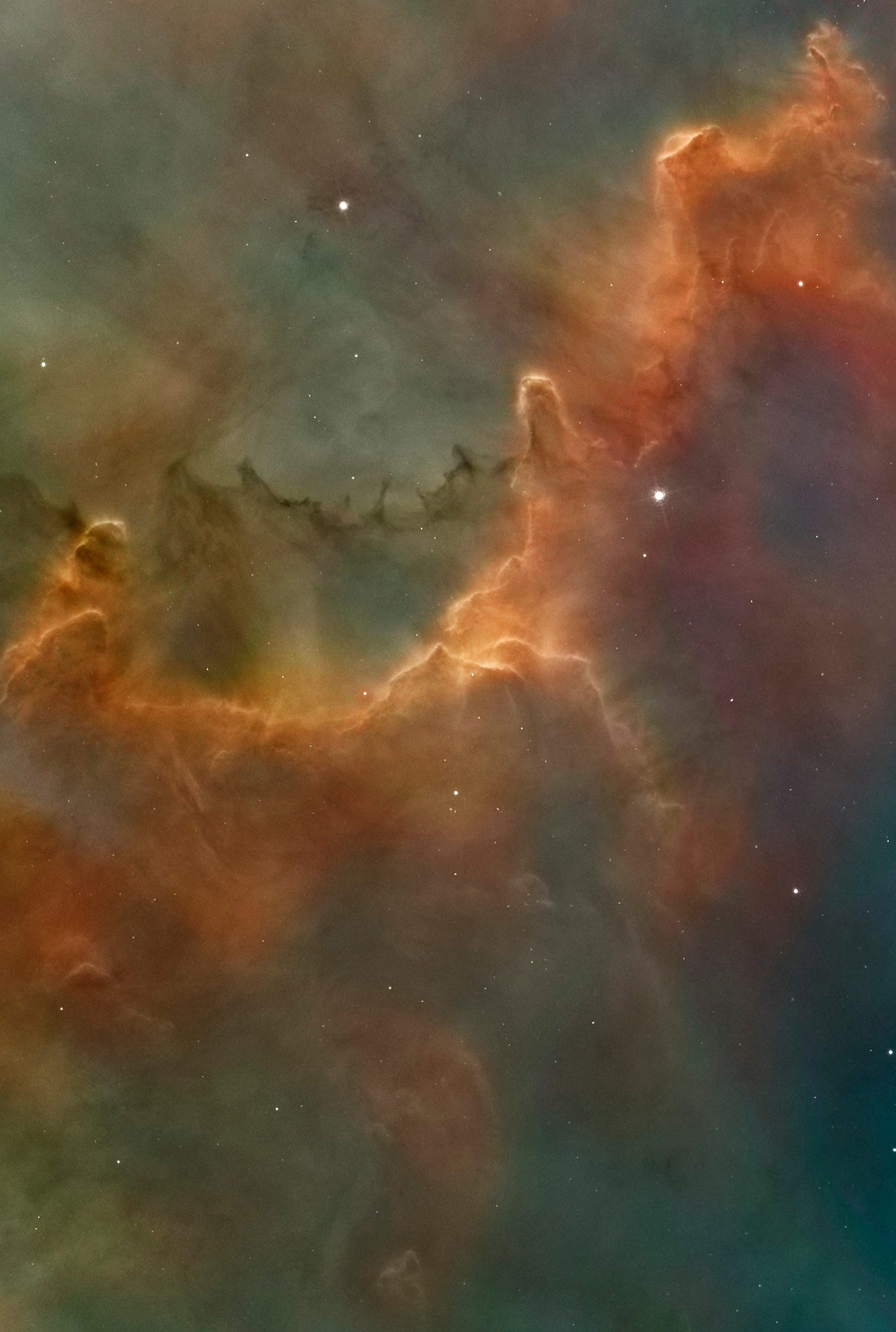

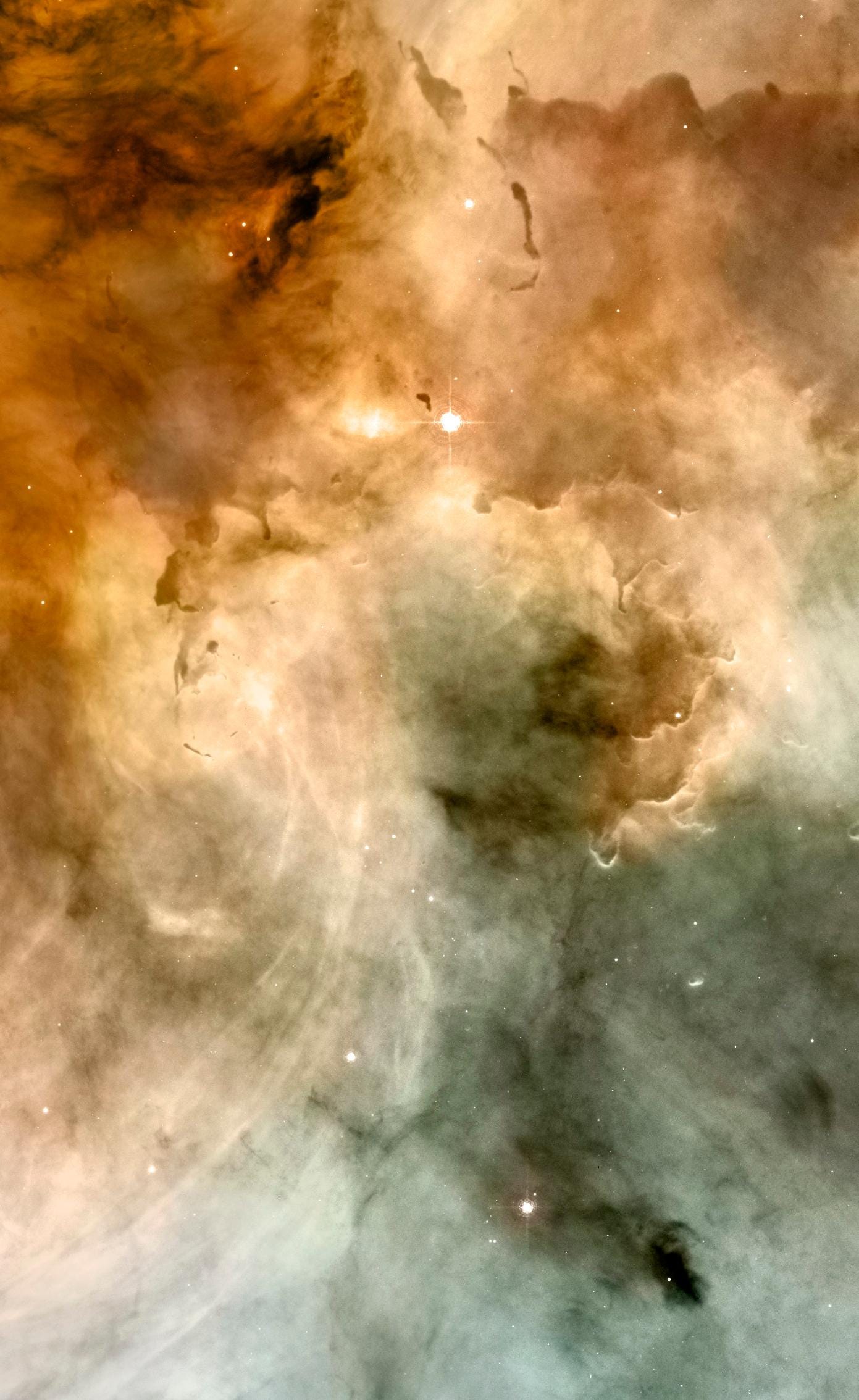
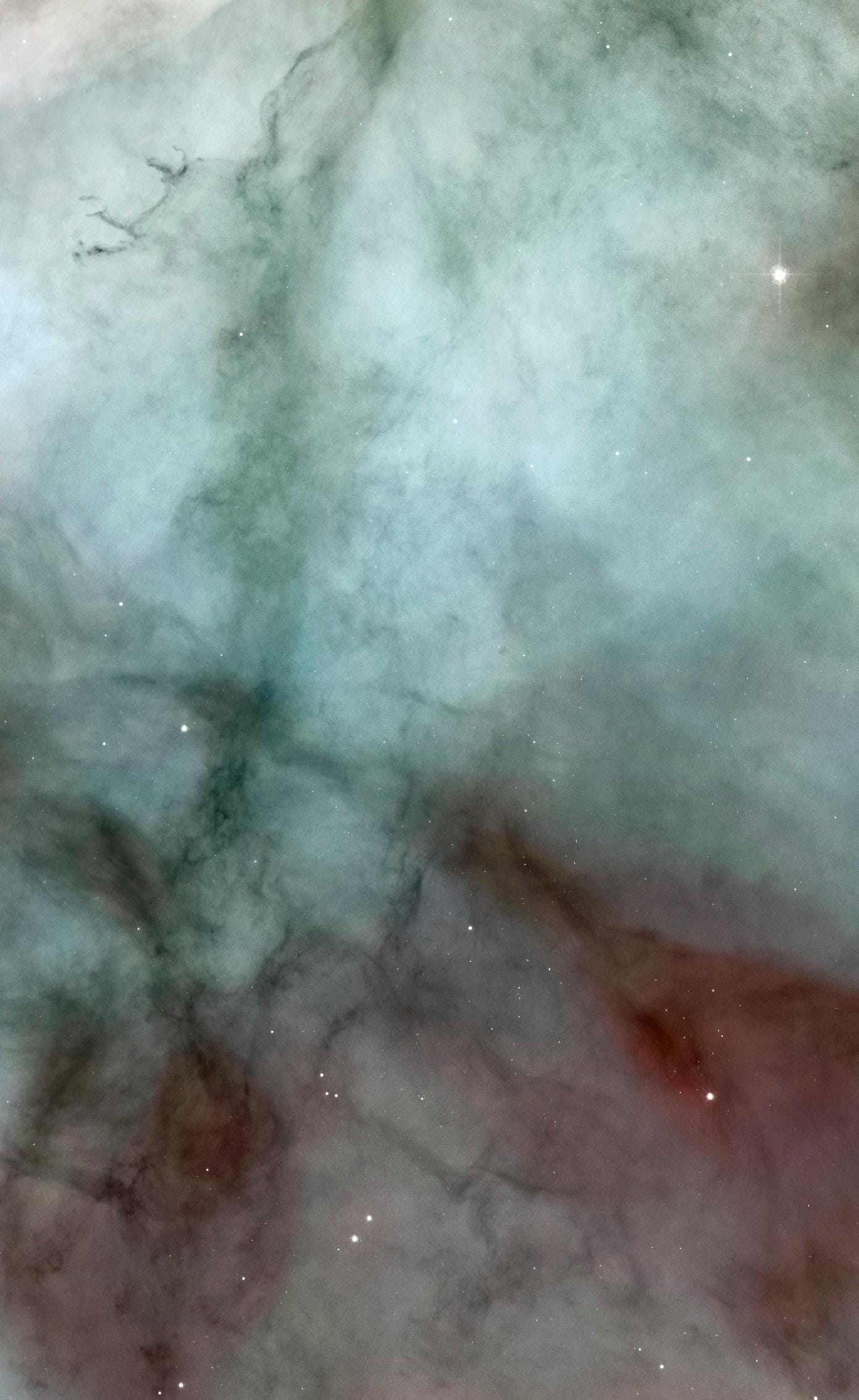



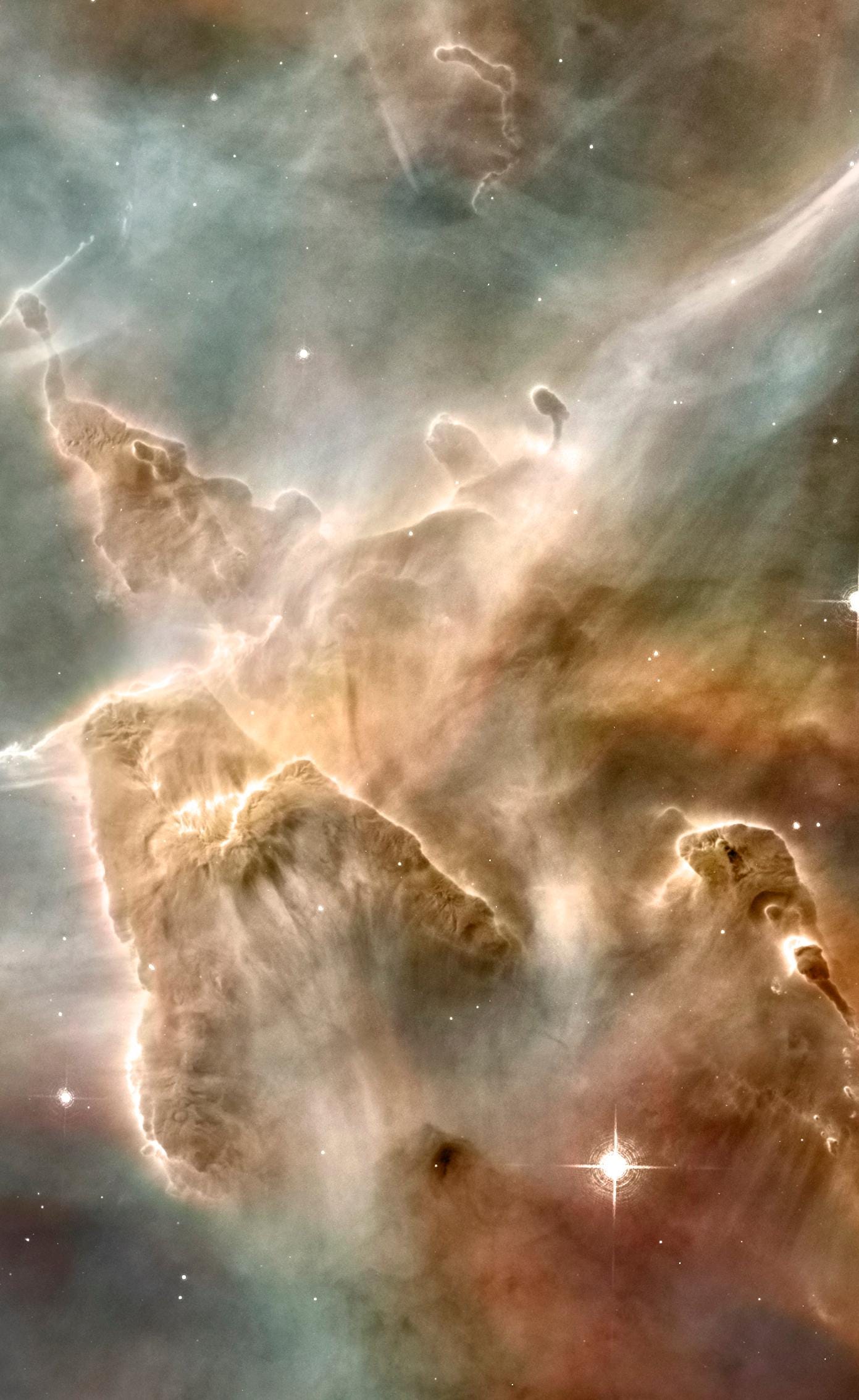
Invisible from most of the northern hemisphere, the southern cross and the pointer stars (Alpha and Beta Centauri) are accompanied by the Carina Nebula in the top photo. Lying some 7,500 light years distant, this giant molecular cloud of gas began forming stars about three million years ago. Inside, the stellar winds, ultraviolet radiation and occasional violent supernova fight against gravitational collapse, which attempts to form new stars. The resulting competition creates the pillars, mountains, bubble and tendrils highlighted above, with the violent outbursts currently triggering additional waves of star-formation.
The complete 50 light year wide panorama taken by Hubble contains at least 12 stars destined for a type II supernova that will eventually create a black hole at the core, including Eta Carinae, the brightest, most massive star of all in this nebula. On the outskirts, new star formation is still rampant, occurring inside the pillars and dust globules such as those shown in the gigantic panoramic strip, below. Star formation may well continue for another million years or more, after which the thousands of new stars will slowly dissipate, populating our galaxy with more chances for rocky, habitable worlds teeming with life.

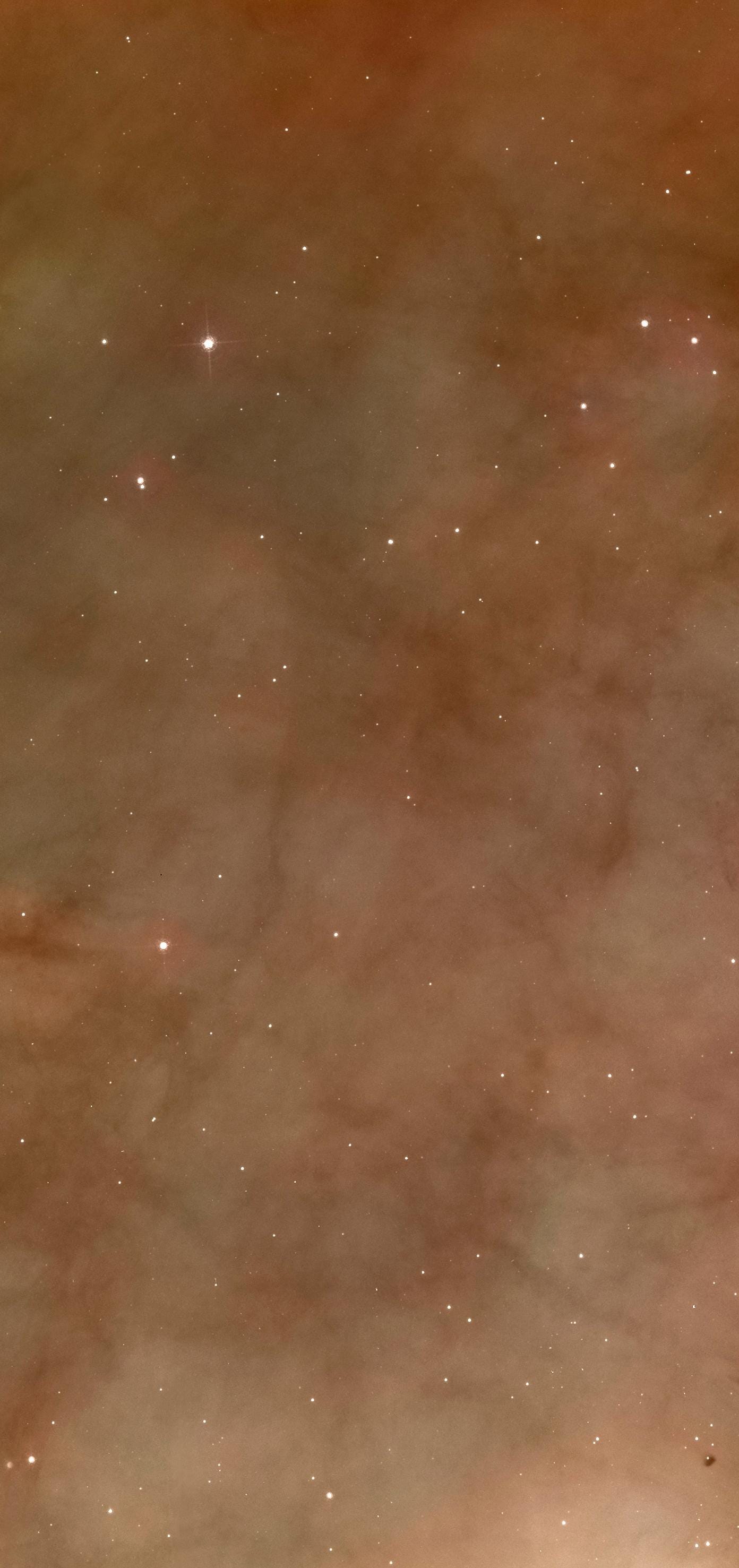
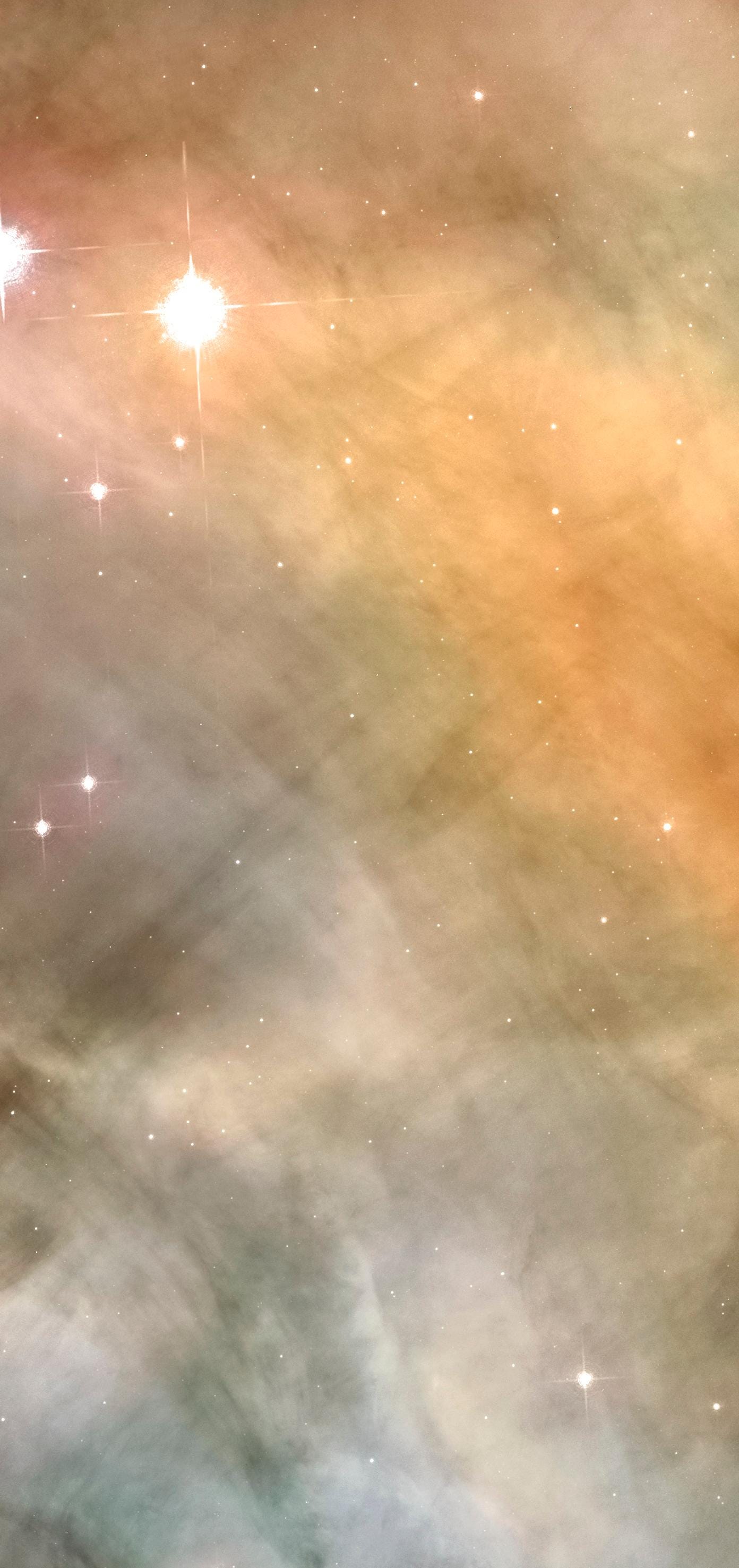
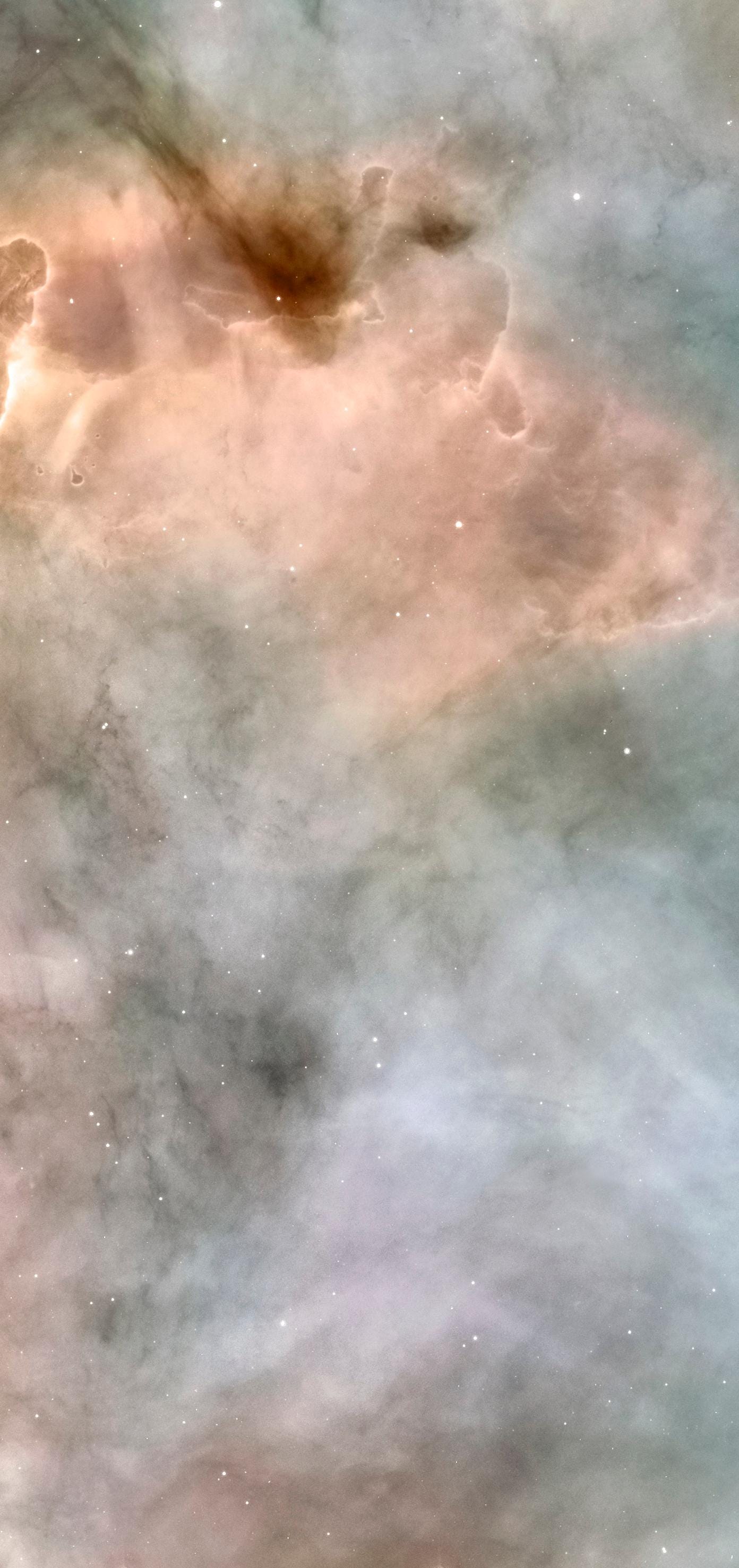

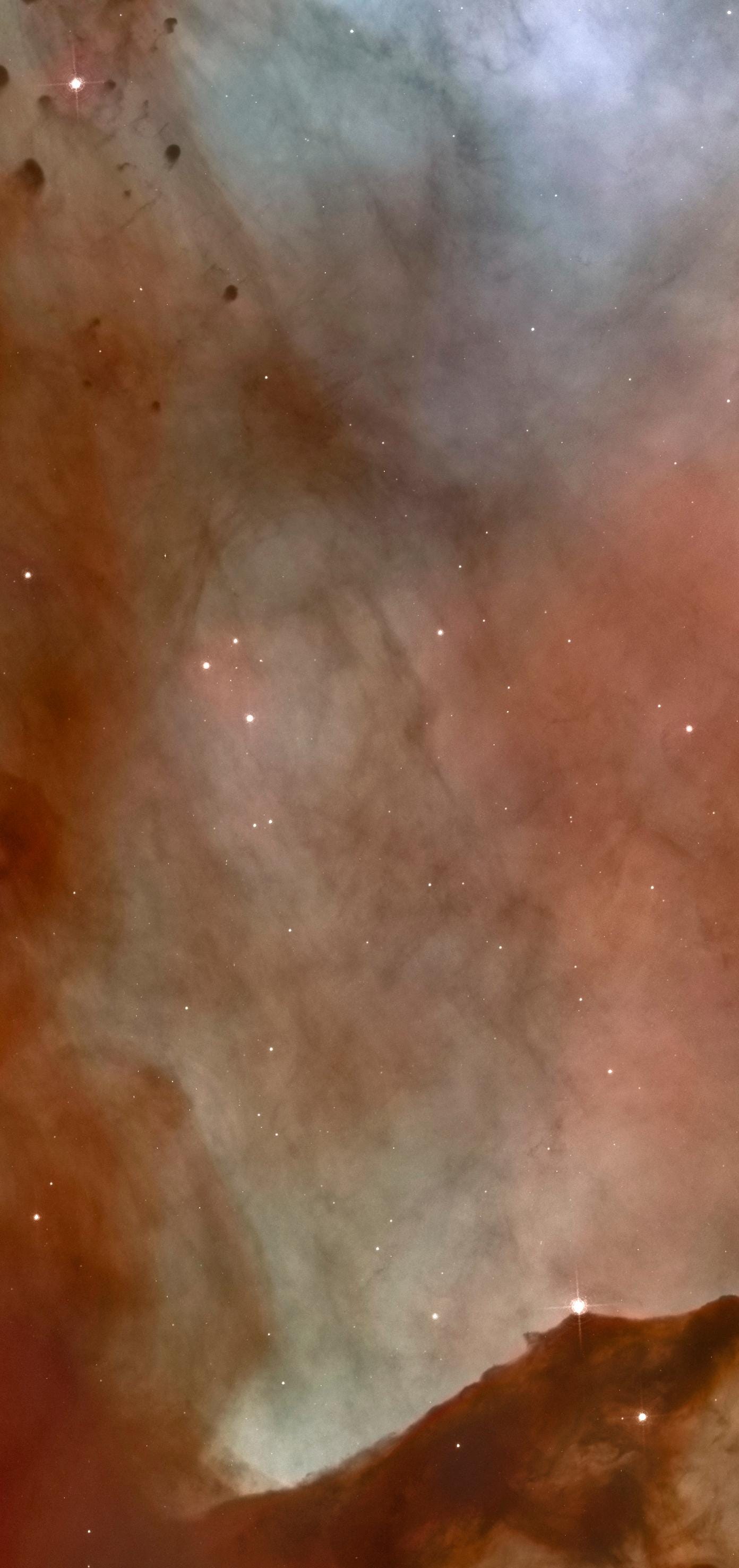

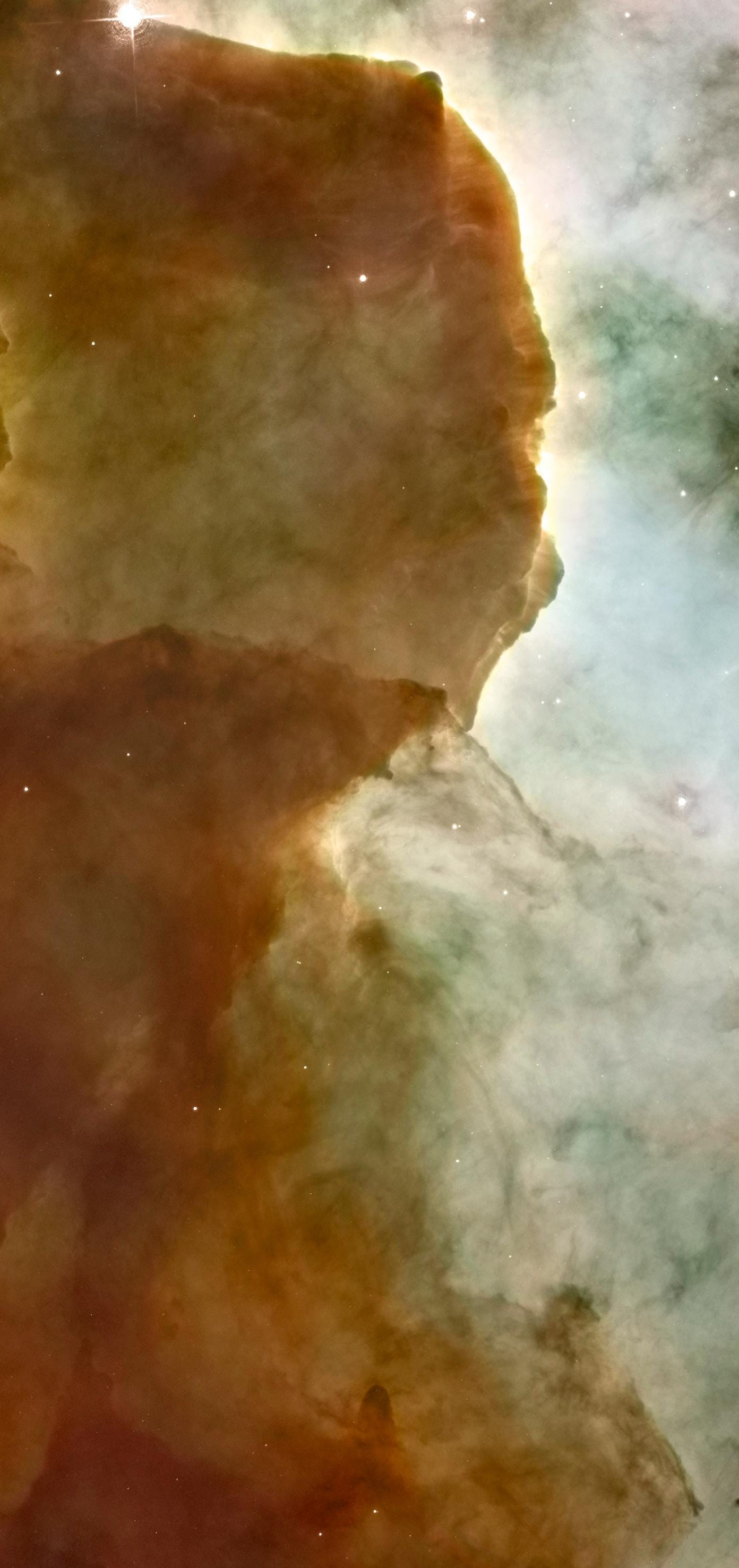
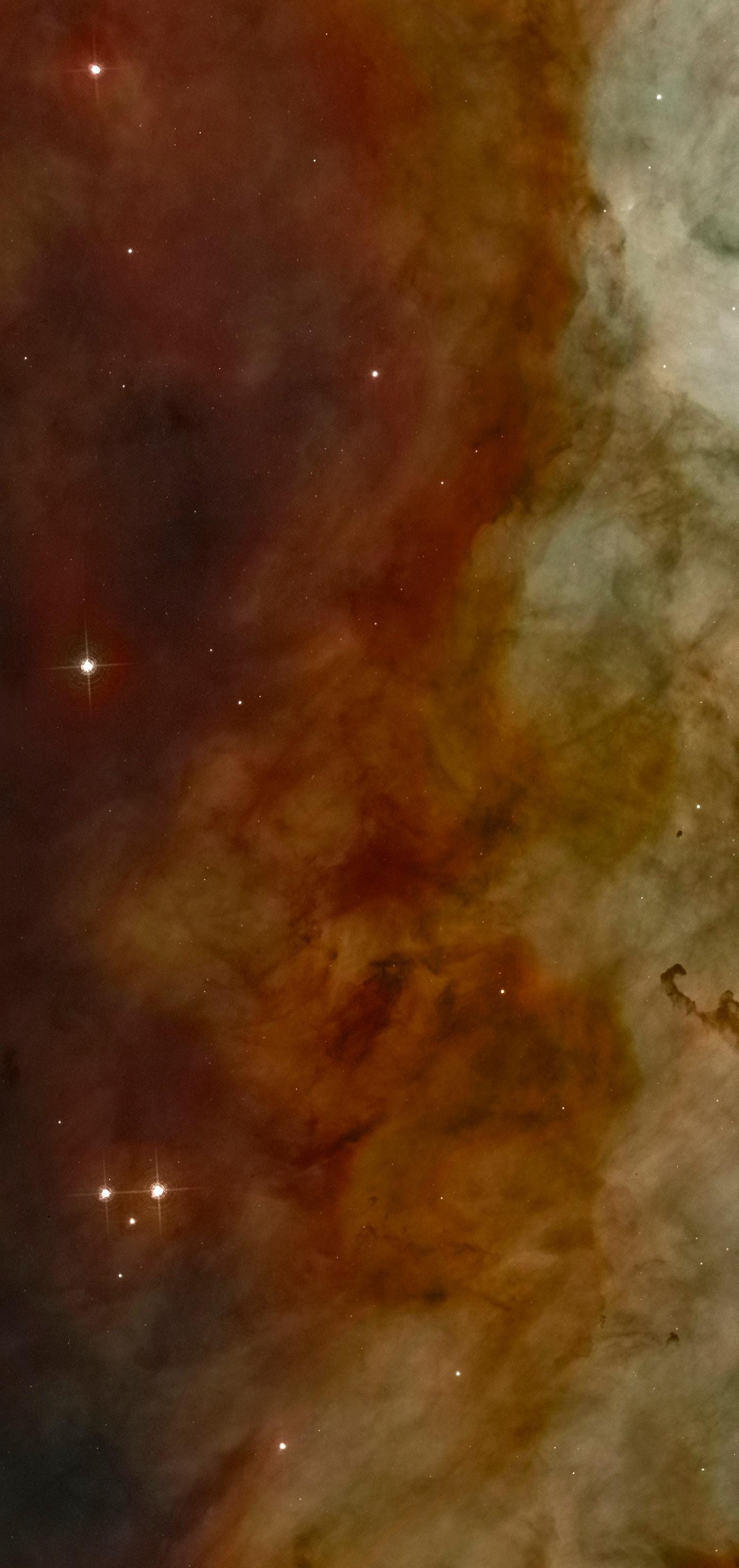
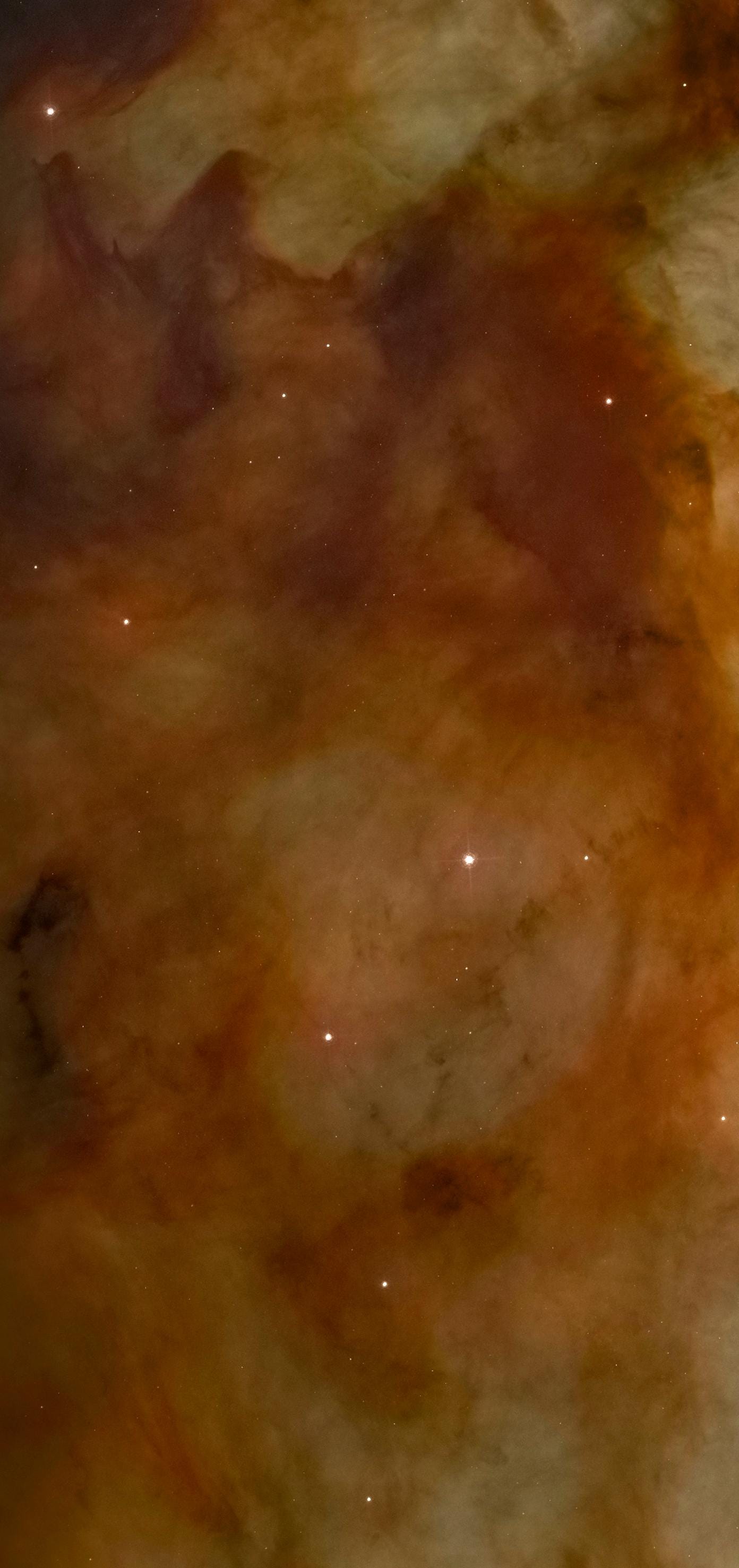
Mostly Mute Monday tells the story of a single astronomical phenomenon or object in visuals, images, video and no more than 200 words.
Leave your comments on our forum, and support Starts With A Bang on Patreon!





